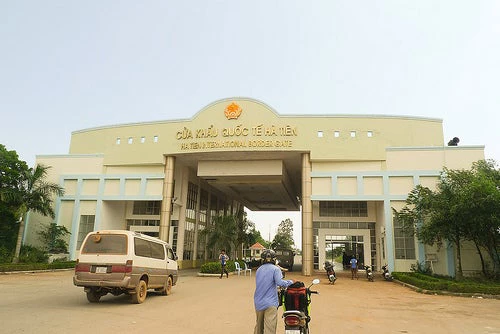
Research undertaken by the Bank in recent years has started to shed some new light on the reasons why progress has been so slow. While improving the performance of customs remains a high priority for many countries, it is only one of the many agencies involved in border processing, and is frequently the most modernized. Customs agencies are often responsible for no more than one-third of regulatory delays. Data from the Logistics Performance Index (LPI) suggests that logistics professionals across the world rate their level of satisfaction with customs much higher than that of other border management agencies. In most countries, customs agencies already employ IT systems to process declarations and use some form of risk management to ensure all shipments are not inspected. In addition, they normally attempt to balance their control responsibilities with trade facilitation objectives and are guided by international standards developed in the World Trade Organization and the World Customs Organization. Many other border management agencies have simply not modernized to the same extent.
The focus of reform efforts therefore needs to shift beyond customs to tackle the systems and procedures employed by other border management agencies, such as health, agriculture, quarantine, police, immigration, standards, and myriad other organizations involved in regulating trade flows. In many countries, it is not uncommon for more than 30 different government agencies to play a role in the processing and clearance of goods. If a raft of paper-based documents needs to be taken to multiple agencies – then examined and approved before the goods are released – it matters little if customs declarations can be processed electronically. Achieving meaningful trade facilitation gains requires a comprehensive approach based on effective information-sharing, streamlining of procedures and genuine collaboration among all border management agencies.
One new and innovative approach to border processing and clearance is the establishment of National Single Window systems, which allow traders to submit all import, export, and transit information required by regulatory agencies via a single electronic gateway, instead of submitting and processing the same information numerous times to different government entities, including some that are automated and others that still rely heavily on paper.
The logic of this approach is obvious, but the complexity of its implementation is often underestimated. To put it simply, establishing a National Single Window is not a simple “plug and play” activity, nor is it possible to simply replicate what has worked in one country in another country that has quite different capabilities, resources, and institutional problems.
Sustainable institutional reform is hard when only one government agency is involved, but the risks and challenges are multiplied exponentially when many agencies are involved. Recent experience in countries such as Tunisia, Indonesia, and the Philippines suggests that a number of critical preconditions need to be in place to launch a single window program, including:
- A strong business case based on a pragmatic assessment of risks, challenges and capabilities;
- A clear and unambiguous mandate from government backed by genuine political will;
- A realistic future vision – owned by all stakeholders;
- Agreement on governance structures, including which agency will lead the initiative, with clear roles and responsibilities for all key stakeholders, and obligations and accountabilities for success; and
- A practical work program with key milestones matched by appropriate human and financial resources.
Not surprisingly, achieving meaningful results in establishing single window systems depends principally on building genuine collaboration between stakeholders. It makes sense to start with activities designed to build trust and understanding between participating agencies. Despite the challenges involved, practical examples now exist throughout the world that demonstrate the extent of border reforms possible, even in relatively difficult environments.
The Bank’s work in the Lao People’s Democratic Republic provides one example of what can be achieved when a government commits to a program. With support provided by the Bank and others, the government developed a National Trade Facilitation Strategy and established a National Trade Facilitation Secretariat to provide an institutional framework to support implementation.
The National Trade Facilitation Strategy outlines a clear reform vision and assigns firm roles, responsibilities, and obligations to all participating agencies. This framework facilitates coordination between all agencies and provides a focal point for support from the development community. With support from the Bank, Lao PDR has established a Trade Information Portal that allows traders to access all relevant trade rules, regulations, procedures, fee schedules and forms from all border management agencies through a single user-friendly Web site. The same interagency coordination arrangements are now being used to develop an electronic single window system.
The Bank is currently engaged in a single window preparatory project that is designed to help the Lao PDR government make informed decisions in proceeding with the single window system. The Bank is providing support on important technical elements, such as legal and regulatory frameworks, fee models and governance structures. In addition, the Bank is financing the development of a comprehensive strategy to build government capacity and smooth the transition to a single window system.
The bottom line is that national single window systems provide a very practical means of improving border clearance performance. In a sense, they can serve as a ‘Trojan Horse’ to overcome institutional resistance to cooperation and change. They are not, however, a simple thing to develop and implement. Most of the challenges are not associated with technology but rather getting individual agencies to collaborate to achieve a collective goal. The Bank has developed a good deal of practical experience in recent years on what works, what doesn’t and why. We know, from trial and error, that certain prerequisites need to be in place to support reformers. Carefully planned and executed preparatory work by development partners, in particular, can greatly improve the probability of success.


Join the Conversation